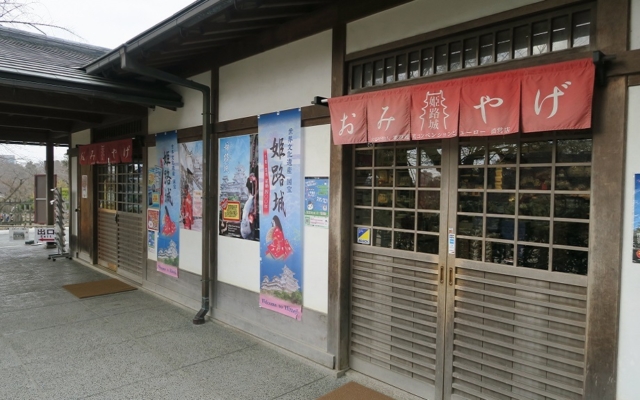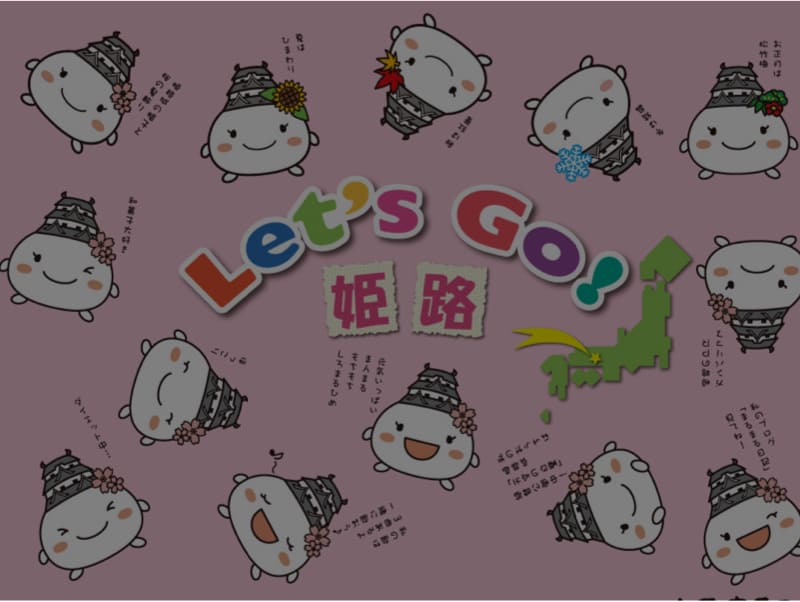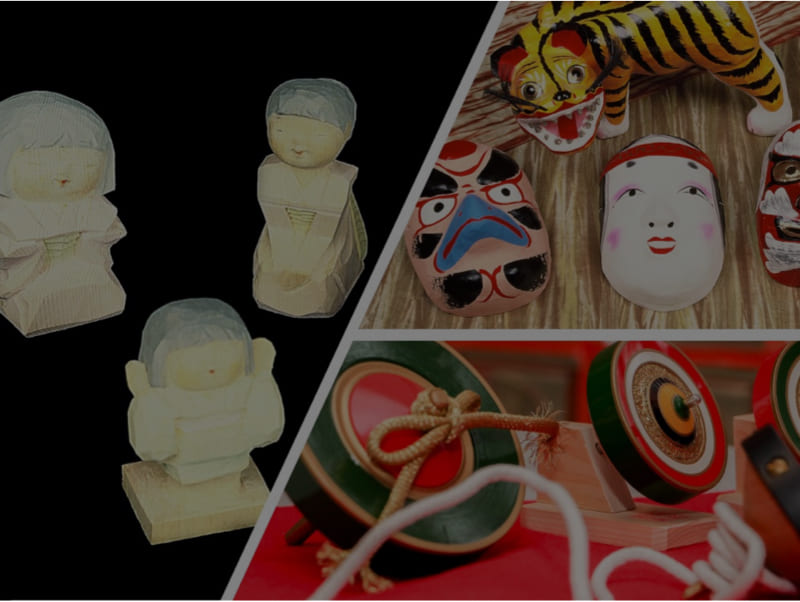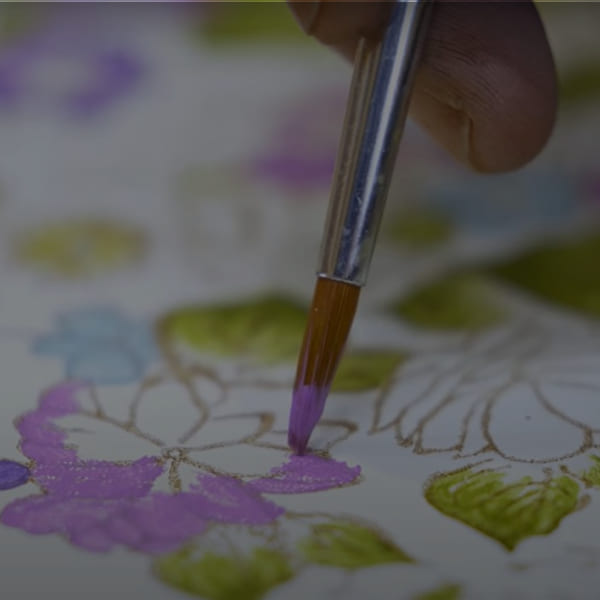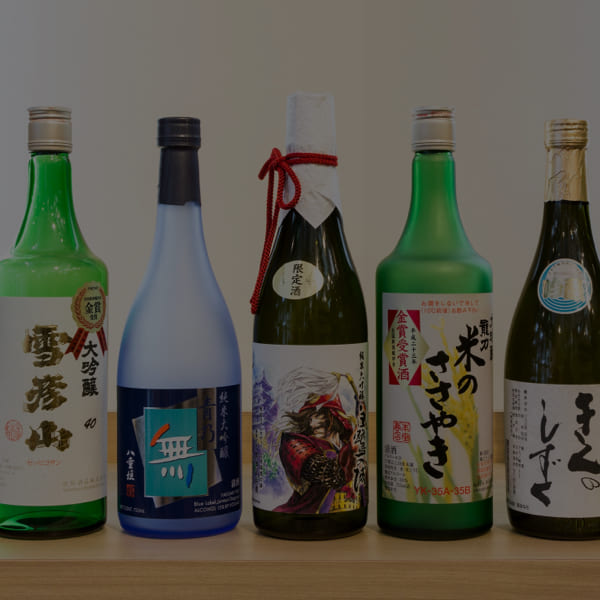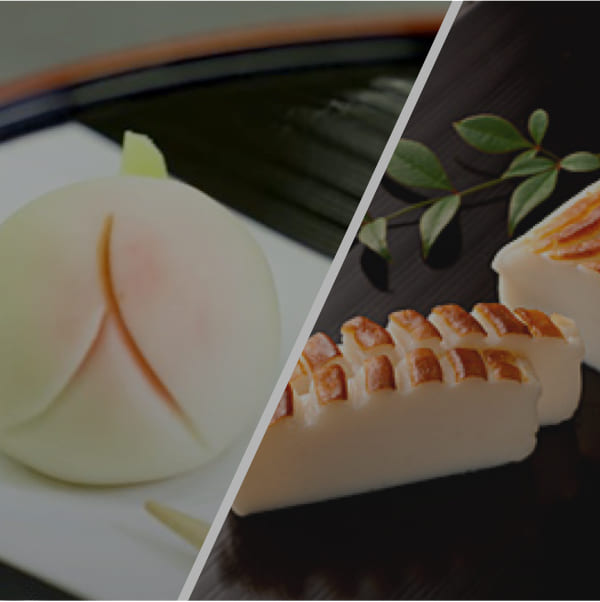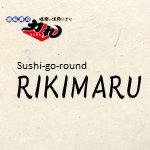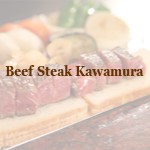Lokale WarenMyōchin Honpo (Windspiele)
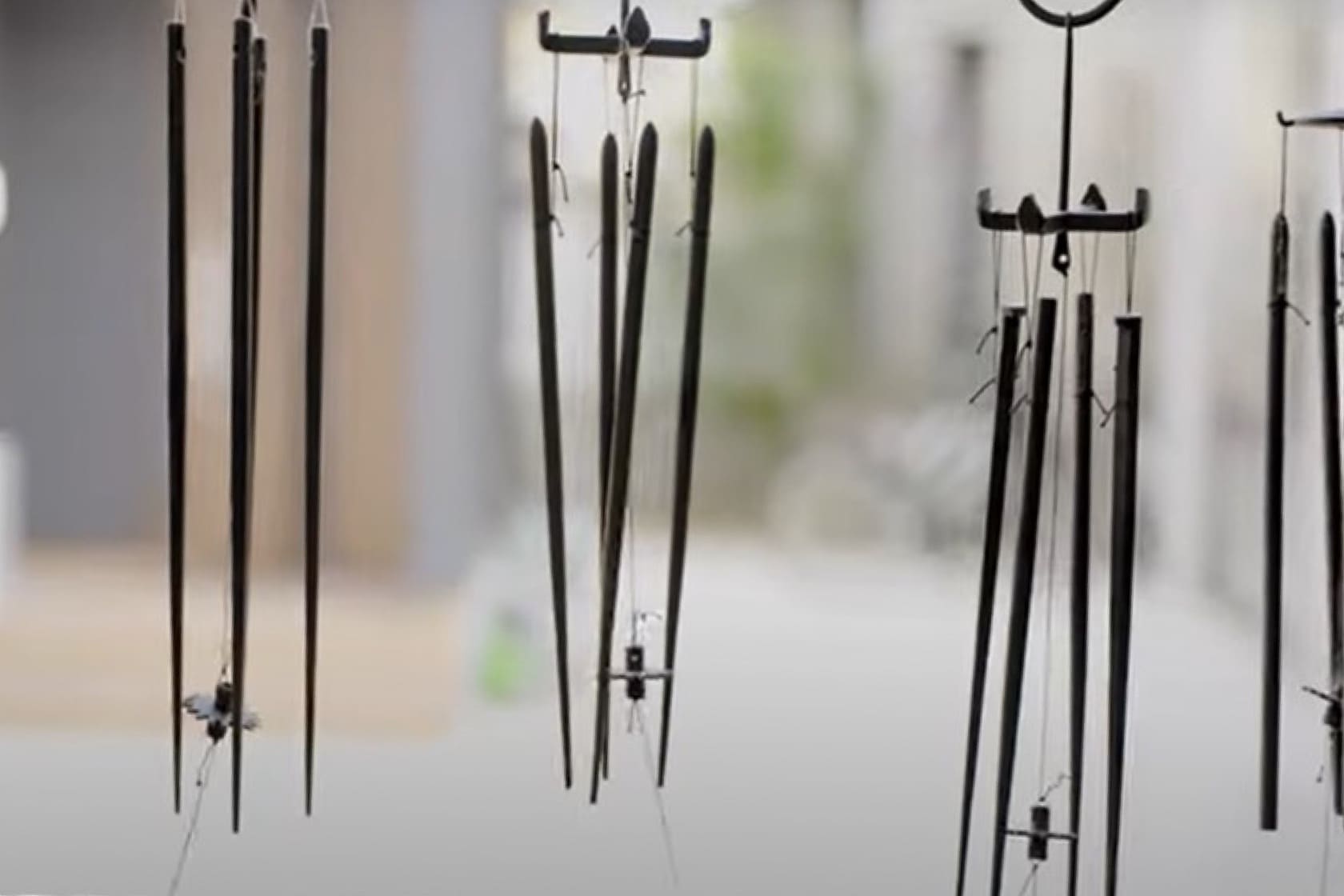
The Myochin is a family of armorers that has continued since the Heian period (794-1185). In the mid-12th century, Emperor Konoe praised their skills and gave them the family name "Myochin" (literally meaning "bright" and "rare"). After the Sakai clan of samurai moved to Himeji in the Edo period (1603-1868), the Myochin came to Himeji to work for them as armorers for the Himeji Domain. Today, Keizo Myochin is the 53rd generation of the family, succeeding Munetaka Myochin, using his hands to manipulate the hard metal. After the Meiji Restoration (1868-1889), there was no longer any needs for arms, but when the 52nd generation armorer, Munemichi Myochin created wind chimes made with metal chopsticks—inspired by a historical order for metal chopsticks for tea ceremony by the famous tea master Sen-no-Rikyu—they became a huge hit. The delicate ringing sound they produce is loved by musicians across the world. With techniques unchanged since the Heian period (794-1192), these metalworking traditions have been handed down to the present day in the form of hibashi (metal chopsticks), wind chimes, and other items in various shapes, such as ornaments, vases, and bells.

